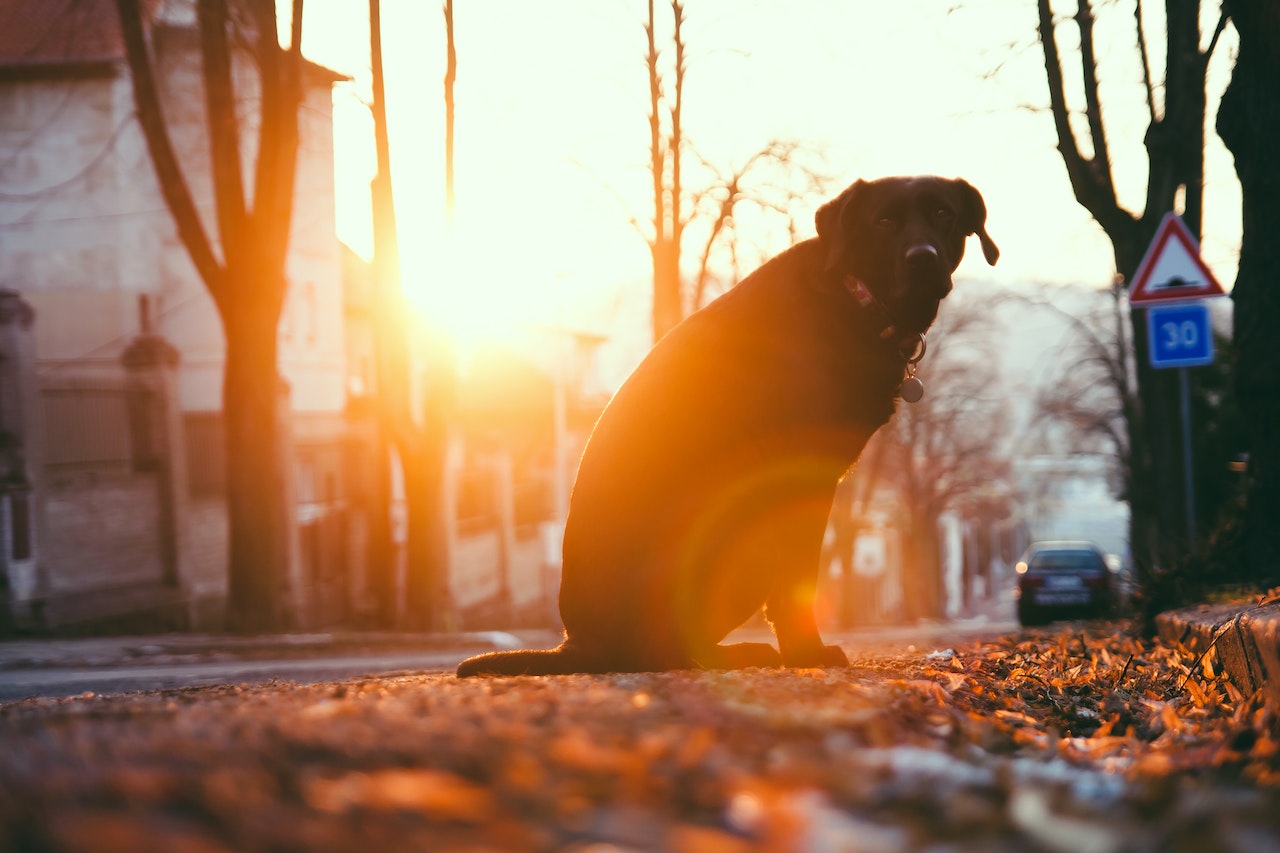How to House Train a Rescue Dog
If you’ve recently adopted a rescue dog, like a Labrador, and are wondering how to house train them, I’m here to help! House training can be a challenging process, but with patience and consistency, you can teach your new furry friend the rules of their new home.
One important step in house training is establishing a routine. Dogs thrive on predictability, so try to take them out for bathroom breaks at the same times each day. This will help them understand when it’s time to go outside. Additionally, make sure to praise and reward your Labrador every time they are outdoors. Positive reinforcement goes a long way in reinforcing good behaviour.
Another key aspect of house training is supervision. Keep a close eye on your Labrador indoors, especially during the early stages of training. If you notice any signs that they need to go outside (such as sniffing or circling), immediately take them out to their designated potty area. Consistency is key here; by consistently redirecting them to the appropriate spot, they’ll gradually learn where it’s acceptable to relieve themselves.
Remember that accidents may happen during the house training process – it’s normal! Never punish or scold your rescue dog for accidents indoors as this can create fear and confusion. Instead, clean up any messes using an enzymatic cleaner designed specifically for pet stains. This will help remove any lingering odour that might encourage repeat accidents.
By following these steps and being patient with your rescue Labrador, you’ll be well on your way to successfully house training them and creating a harmonious living environment for both of you.
Choosing the Right Approach
When it comes to house training a rescue dog, choosing the right approach is crucial for success. Each dog is unique, with their own background and needs. By understanding their history and establishing a routine based on positive reinforcement, you can create a solid foundation for effective house training.
Understanding the Dog’s Background
Before diving into house training, take some time to learn about your rescue dog’s background. Many rescue dogs come from different environments and may have experienced trauma or neglect in the past. This can affect their behaviour and ability to adjust to new routines.
By understanding their background, you can tailor your approach accordingly. For example, if your Labrador was previously kept in a confined space or neglected outdoors, they might not be accustomed to using designated potty areas. In such cases, you’ll need to be patient and provide extra guidance during the house training process.
Establishing a Routine
Establishing a consistent routine is essential for successfully house training any dog, including rescues. Dogs thrive on structure and predictability, so providing them with a clear schedule will help them understand when and where they should eliminate.
Start by creating specific times for feeding and taking your Labrador outside for bathroom breaks. Consistency is key here; try to stick to the same schedule every day. Take note of your dog’s behaviour cues as well – sniffing around or pacing are signs that they may need to go outside.
Remember that accidents happen, especially during the initial stages of house training. If an accident does occur indoors, avoid punishment or scolding as this can lead to fear or anxiety in your dog. Instead, gently redirect them outside and reinforce proper elimination habits through positive reinforcement techniques.
Positive Reinforcement Training
Positive reinforcement is an effective method for teaching any new behaviour, including proper bathroom habits. When your Labrador successfully goes potty outside or in their designated area indoors (if applicable), reward them immediately with praise, treats, or playtime. This positive association helps reinforce the desired behaviour and encourages them to repeat it in the future.
Consistency is key when using positive reinforcement. Be patient and persistent, as it may take time for your rescue dog to fully grasp the concept of house training. Celebrate every small progress they make and gradually decrease rewards as they become more consistent in their habits.
By choosing an approach that considers your Labrador’s background, establishing a routine, and utilizing positive reinforcement training techniques, you can effectively house train your rescue dog. Remember to be patient, understanding, and consistent throughout the process. With time and dedication, you’ll see progress and build a strong bond with your furry companion.
